The blower motor in your Jeep Wrangler is a critical component that pushes air through the vehicle’s HVAC system. When this motor stops functioning properly, it can leave you without heat or air conditioning when you need it most.
Understanding the common reasons a Wrangler’s blower motor may fail along with troubleshooting tips can help you get your climate control back up and running.
The blower motor in your Jeep Wrangler is a critical component that pushes air through the vehicle’s HVAC system. When this motor stops functioning properly, it can leave you without heat or air conditioning when you need it most.
Understanding the common reasons a Wrangler’s blower motor may fail along with troubleshooting tips can help you get your climate control back up and running.
In this blog post, we will try to explore why is my Jeep Wrangler blower motor not working and we will find out the reasons. Finally, we will try to explore how to fixed it.
Key Functions of the Blower Motor
The blower motor, also known as the fan motor, serves some vital roles in your Jeep’s heating and cooling system:
- Generates airflow through the AC evaporator core and heater core to provide cooled or heated air.
- Circulates air throughout the vehicle’s ventilation system and into the passenger cabin.
- Works in conjunction with the mode actuator doors to direct air flow to floor vents, defrost vents, and panel outlets.
- Operates at various speeds as controlled by the blower resistor and selector settings.
- Provides continuous fan circulation for the AC condenser to aid system cooling and moisture removal.
When the blower motor stops operating correctly, none of these functions can be carried out properly.
What Causes a Blower Motor to Stop Working?
There are several common issues that can lead to blower motor failure in a Jeep Wrangler:
Blown Fuse
The blower motor circuit is protected by a fuse in the fuse box. An electrical spike or motor overload can cause this fuse to blow, cutting off power supply to the motor.
Faulty Blower Resistor
The blower resistor modulates voltage to control motor speed settings. If the resistor contacts fail, power can’t reach the motor.
Wiring Damage
Frayed, broken, or disconnected wiring in the blower circuit will cut off electric power from getting to the motor.
Seized Bearings
Lack of lubrication causes motor bearings to seize, preventing movement. Similar issues occur if debris jams the motor.
Winding Failure
Electrical shorts, overheating, and normal wear over time can cause open windings or motor insulation breakdown.
Control Circuit Issues
Problems with the HVAC control head, actuator motors, or related electronics can prevent blower activation.
Physical Damage
Severe motor vibration, accident damage, or stuck fan blades can warp or crack the assembly preventing operation.
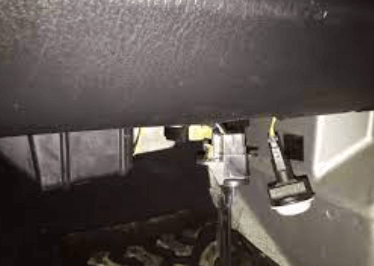
Symptoms of a Failing Blower
Be aware of these common indicators that your Jeep’s blower motor may be having problems:
- No airflow or unexpectedly weak air from vents
- Strange noises like squealing, buzzing or grinding
- Intermittent operation
- Burning electrical smell
- Blower speeds not matching selector setting
- Blower motor fuse blowing repeatedly
Don’t ignore these warning signs. Have the blower inspected and repaired promptly to restore proper operation. Driving without heat or defrost can be hazardous.
Diagnosing the Problem
Pinpointing exactly why your Jeep Wrangler’s blower motor isn’t working properly involves methodically testing different components. Follow these diagnosis steps:
1. Check the Fuse
The first step is verifying that the blower motor fuse hasn’t blown. This fuse may be labeled “Blower”, “Accessory” or “Ignition.” Swap in a known-good fuse of the same amperage rating if you find a bad one.
2. Inspect Power and Ground Connections
Using a multimeter, check for 12+ volts at the blower motor electrical connector with the ignition switched on. No power indicates an open circuit that must be traced back and repaired. Also verify a good ground path from the motor.
3. Test the Blower Resistor
Determine if varying voltages are present at the blower resistor connector as the fan switch is operated. No voltage change points to resistor failure.
4. Check Wiring Continuity
Inspect all wiring to the blower motor for chafing, cuts, corrosion, or loose plugs that may cause an open circuit. Repair any faults found.
5. Test Motor Windings
With power disconnected, use a multimeter to check that motor windings are intact and not shorted or open. Compared to OEM specs.
6. Test Motor Operation
Bypass any electrical problems by applying 12V power and ground directly to the motor. If it still doesn’t run, the motor itself is bad and must be replaced.
7. Scan for Trouble Codes
Retrieve any stored diagnostic trouble codes from the HVAC system using an OBD2 scanner. Codes may point toward faults.
By methodically testing in this way, you can isolate the root cause of the problem.
Replacing the Blower Motor
Once diagnosed, a non-working Jeep Wrangler blower motor must be replaced. This involves:
Disconnecting the Battery
Always disconnect the negative battery terminal first to cut electrical power and prevent shorts.
Accessing the Motor
Removal of components like the glovebox may be necessary to gain access. Refer to a service manual for required disassembly steps for your model year.
Detaching Connectors and Fasteners
Unplug the wiring harness from the motor, unbolt it from the housing, and remove any retaining clips.
Transferring Parts
Note orientation and carefully move over any ducting components, squirrel cage and foam seals to the new motor.
Installing New Motor
Carefully align and seat the replacement motor into position. Reinstall any fasteners and connectors.
Reassembly
Replace any other components that were removed to access the motor area. Reconnect the battery once done.
Be prepared with proper tools and plan for a long procedure – blower motor replacement can take a few hours. Carefully follow all procedures in a service manual. Test operation once completed.
Finding a Replacement
Numerous sources exist for getting a replacement Jeep Wrangler blower motor:
- Online retailers like RockAuto, Amazon, Omix-Ada, Quadratec or 4WD.com
- Auto parts stores such as AutoZone, O’Reilly, NAPA or CARQUEST
- Salvage yards for used OEM parts
- The Jeep dealer parts department
- AC Delco, Valeo, Motorcraft and other major brands
Check that any new or used motor matches your Jeep’s year, make, model and engine. Later model units often have more speeds and electrical terminals.
Cost for Replacement
Having your Jeep’s blower motor replaced at a shop usually costs $150-$350 or more when including labor. Doing it yourself saves significantly on the repair. The parts cost alone ranges from:
- Remanufactured Unit – $80-$150
- New Aftermarket Motor – $100-$250
- New OEM Motor – $250-$400+
Shop around for discounted parts prices either online or locally. Coupons and sales can yield big savings on major brands.
DIY Replacement Difficulty
Replacing a Wrangler’s blower motor yourself is an intermediate level DIY repair. Challenges include:
- Tight access space requiring removal of other components
- Difficulty reaching and seeing mounting bolts
- Wrestling out old and installing new motor without damage
- Potential need for electrical troubleshooting skills
- Time consuming disassembly and reassembly
With proper tools, patience and mechanical skills, an experienced DIYer can replace a blower motor in 2-4 hours typically. Attempting the repair with little knowledge or preparation often leads to problems though.
Alternative Parts to Check
Sometimes related parts can mimic a failed blower motor. Before replacing the motor, also check:
Blower Resistor – Faulty resistors can stop motor operation at certain speeds. Test voltages and replace if needed.
Fuses/Relays – Swap in new fuses and relays even if originals look okay. Intermittent electrical contacts are common.
HVAC Controls – Make sure switches, sensors and actuators are commanding blower activation as required.
Duct Obstructions – Ensure no debris is blocking ducts causing restriction.
Testing these alternative parts first may reveal an easier fix than a full motor replacement. But a faulty motor must still be replaced regardless.
Preventative Maintenance
Regular maintenance is key for maximizing Jeep blower motor lifespan:
- Inspect – Check for odd noises, loose bolts, electrical corrosion.
- Lubricate – Apply motor bearing lube every 1-2 years.
- Avoid Excess Speed – Don’t run the blower on high for prolonged periods.
- Clean Debris – Use compressed air to blow out leaves and dirt.
- Cabin Air Filter – Replace dirty filter that can restrict airflow.
- Electrical Connections – Keep terminals clean and tight.
- Listen for Changes – Catch issues early before failure.
With diligent preventative maintenance, a blower motor should operate reliably for many years and 100,000+ miles.
Swapping Blower Motor with Resistor
Many Wrangler owners choose to proactively upgrade to an expensive heavy duty blower motor with an integrated resistor. Benefits include:
- Built-in resistor eliminates component prone to failure
- High airflow and pressure for fast interior heating and cooling
- Multi-speed settings for flexibility and comfort
- Heavy construction withstands abuse
- Long life with high reliability
The all-in-one upgrade units make future blower issues much less likely. Just make sure to get a motor matched for your Jeep’s electrical system.
Intermittent Blower Operation
Intermittent operation of a Jeep’s blower motor usually signals an impending failure:
Causes
- Loose electrical connections
- Dirty resistor contacts
- Brush issues inside motor
- Control circuit glitches
Risks
- Strands driver without defrost
- Leads to blower overheating
- Can leave passengers stranded without AC
Solution
- Wiggle test electrical harness and connectors
- Clean resistor contacts
- Replace motor and resistor
- Repair control circuit faults
It’s best not to ignore intermittent blower problems. Failure could leave you sweaty, fogged up, and visibility impaired.
Blower Runs With Key Off
A blower motor that continues running with the key off is always a cause for concern:
Potential Causes
- Stuck air directional door motor
- Short circuit in blower wiring
- Failed blower resistor
- Faulty HVAC control head
- Software bug
Risks
- Kills battery leaving you stranded
- Can overheat and damage motor
- Electrical short and fire hazard
Solution
- Check HVAC door actuators
- Inspect wiring for bare spots
- Test or replace blower resistor
- Scan for HVAC diagnostic codes
- Disconnect battery to prevent damage
This fault should be diagnosed and repaired promptly to avoid safety issues or being left with a dead battery.
Troubleshooting Blower Speed Issues
Blower speeds not matching selector settings or not functioning on certain settings indicate problems:
Causes
- Issues with blower resistor segments
- Broken/corroded wiring in resistor circuit
- Bad solder joint on control board
- Shorts in blower motor windings
Risks
- Loss of heating or cooling ability
- HVAC system performance degradation
- Further electrical damage over time
Solution
- Test resistor segment voltages
- Check wiring continuity and clean terminals
- Resolder control board connections
- Test motor windings with multimeter
Pinpointing and repairing the root cause will restore proper blower motor speed control.
HVAC System Smells Musty
If a moldy or mildew type odor comes from your Jeep’s vents, possible causes include:
-Clogged condenser – Debris blocks airflow causing moisture buildup.
-Plugged evaporator – Restricted drainage leads to microbial growth in the core.
-Leaky heater core – Moisture within the heater box promotes mold.
-Cabin air filter – A saturated filter can harbor musty smells.
Thoroughly clean the HVAC system, replace filters, and fix any leaks. Ozone generator treatment may be needed for stubborn odors. Identify and remedy the water source allowing microbial growth.
Blower Motor Frequently Asked Questions
Still have questions about Jeep Wrangler blower motor operation, failure and repair? Here are some commonly asked FAQs:
What is the average blower motor lifespan?
With proper maintenance, the typical service life is 100,000-150,000 miles. Higher speeds, dirt ingestion and electrical issues can shorten operating life.
Can I just swap in any replacement motor?
The motor must be an exact OEM fit or equivalent aftermarket unit made specifically for your Jeep model to ensure proper mounting, wiring and performance.
Is it safe to drive without a working blower?
Lack of defrost or AC can make driving hazardous in some conditions. Only drive short distances until repaired. Overheating or fire risks also exist.
What if my motor only works at high speed?
This points to a failed blower resistor. The high setting bypasses the resistor allowing full voltage to reach the motor. Replace the resistor.
Do I need special tools to change the motor?
A good socket set, extensions, nut drivers, panel poppers and a multimeter are commonly needed. Mirrors help working blindly in tight spaces.
Can I just bypass the resistor to test the motor?
Yes, applying full 12V directly to motor terminals bypasses a potentially bad resistor for motor testing purposes.
Why does my replacement motor fail quickly?
Failure to identify and fix underlying electrical or restriction issues often causes rapid failure of a new part. Diagnose completely before replacement.
Are metal or plastic squirrel cage wheels better?
Plastic is quieter but may warp over time. Metal handles higher speeds and abuse but tends to be noisier. Quality of design is most important.
Summary
A non-functioning Jeep Wrangler blower motor can leave you sweating or with fogged windows when AC or heat is needed. Typical causes include electrical faults, damaged windings, seizing from lack of lube, debris ingestion and worn brushes.
Methodically testing fuses, wiring, resistors, motor windings and operating voltages will help isolate the root failure. Repair or replacement along with preventative steps like cleaning intakes and regular lube application allows the blower to keep providing comfortable driving conditions for years to come.
With some electrical troubleshooting skills and patience working in tight quarters, many DIYers can handle blower motor diagnosis and replacement themselves.
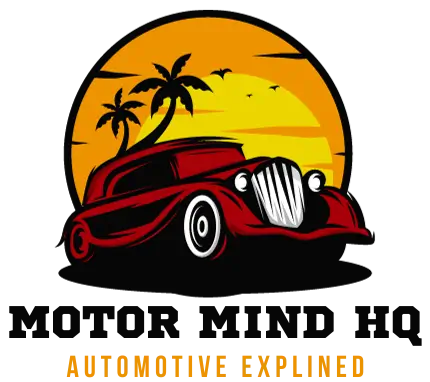

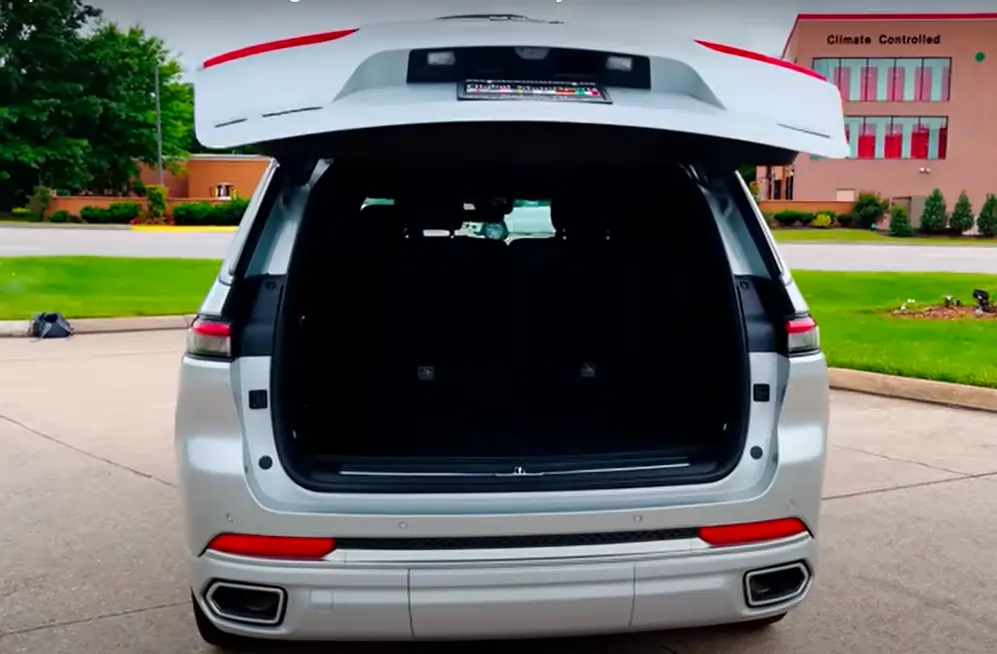
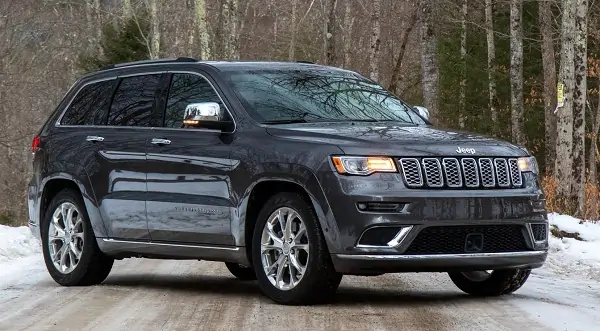

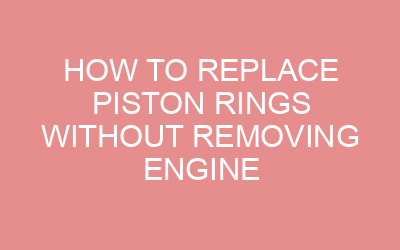

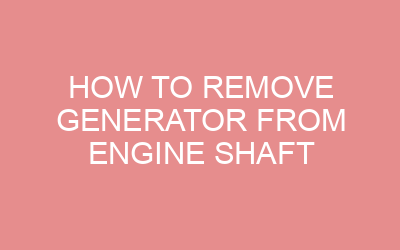
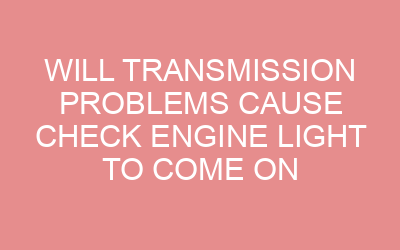
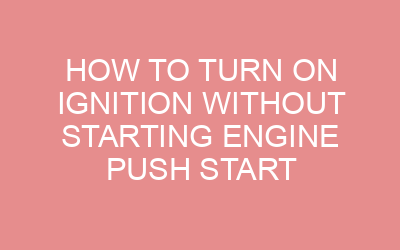
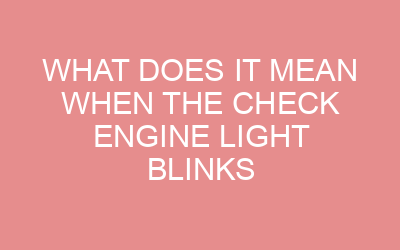
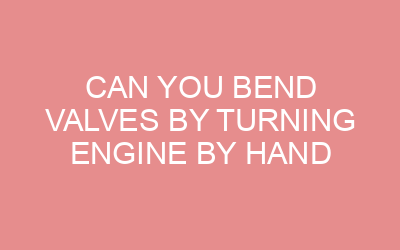


Leave a Reply